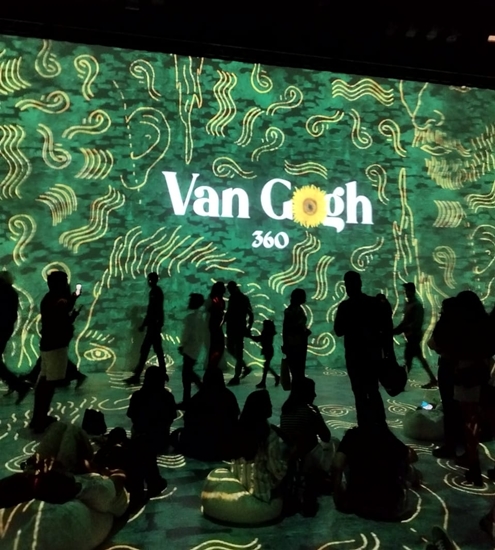
Desi hip-hop is a genre of music that originated in South Asia, particularly among the Desi diaspora. It blends elements of traditional South Asian music with hip-hop, creating a unique fusion that often reflects the experiences and perspectives of people of South Asian descent living around the world.
The rise of Desi hip-hop in India is a fascinating story of how a subculture gained mainstream recognition and carved out its own space within the country's music scene. Here's a brief overview of the key factors that contributed to the rise of Desi hip-hop in India:
Digital Platforms: The advent of social media and digital platforms played a crucial role in allowing Desi hip-hop artists to reach a wider audience. Platforms like YouTube, SoundCloud, and streaming services provided a means for artists to showcase their music without relying solely on traditional record labels.
Local Representation: Indian hip-hop artists started addressing local issues, experiences, and stories through their music. This localised approach resonated with audiences who were looking for music that reflected their own lives.
Youth Culture: Desi hip-hop tapped into the energy and interests of the youth. Its style and themes aligned with the aspirations and challenges faced by young people in India, making it relatable and appealing.
Independent Scene: Many Desi hip-hop artists took an independent route, producing their own music, creating music videos, and self-promoting. This DIY approach allowed them to maintain creative control and authenticity.
Lyrics and Storytelling: Indian hip-hop artists are known for their intricate and often bilingual (mixing English and regional languages) lyrics. They use storytelling to address social issues, cultural pride, and personal experiences, creating a deeper connection with listeners.
Collaborations and Crossovers: Collaborations with mainstream artists, as well as crossovers with Bollywood and other music genres, helped Desi hip-hop gain visibility and acceptance within the larger music industry.
Documentaries and Media Coverage: Documentaries like "Gully Boy" showcased the lives of real Desi hip-hop artists and brought their stories to a wider audience. Media coverage and interviews also helped raise awareness about the genre.
Live Performances and Events: Live performances, rap battles, and hip-hop events brought fans together and created a sense of community around Desi hip-hop.
Overall, the rise of Desi hip-hop in India can be attributed to a combination of creative expression, grassroots efforts, technological advancements, and a growing appetite for music that speaks to the unique experiences of Indian youth. This genre continues to evolve and make its mark on the cultural landscape of the country.
∎